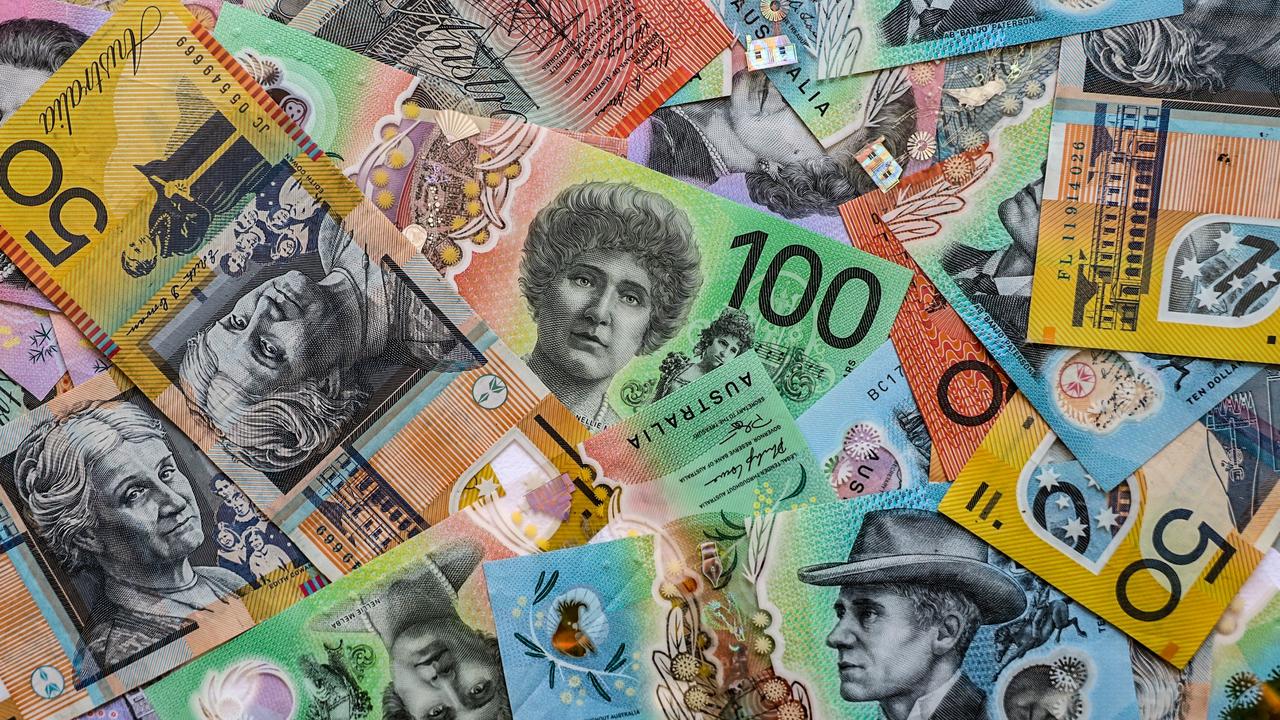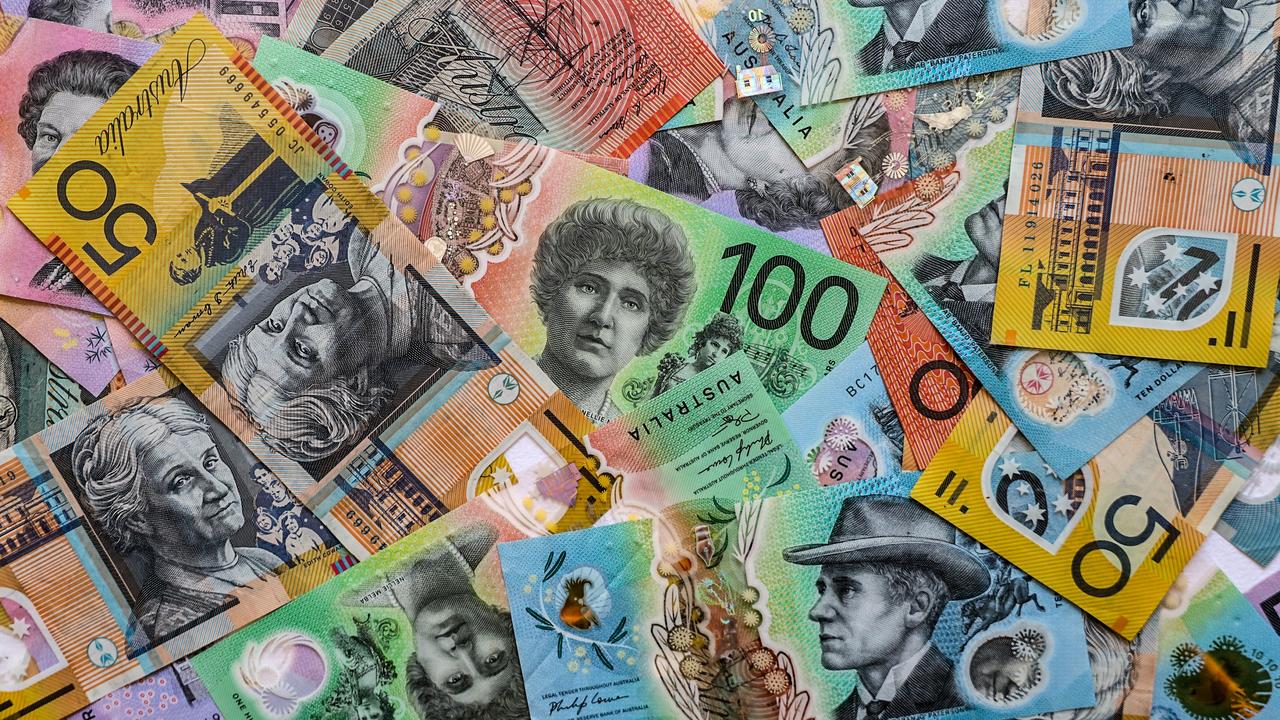April Fools' rate hike unlikely
HOME buyers are universally tipped to be spared an April Fools' Day interest rate rise as the global credit crunch restrains the RBA in its battle against inflation.
HOME buyers are universally tipped to be spared an April Fools' Day interest rate rise as the global credit crunch restrains the Reserve Bank of Australia in its battle against inflation.
None of the 19 economists surveyed by AAP forecast an interest rate increase when the Reserve Bank board meets on Tuesday, April 1, which means rates would stay at a 12-year high of 7.25 per cent following rises in February and March.
But higher petrol, food and rental fees could push up rates in May as price pressures in the economy worry policy makers.
Nine of the economists said the RBA would act in the June quarter, most likely in May, if consumer price index (CPI) inflation data for the March quarter, due out on April 23, is high.
The RBA's nine board members meet on the morning of April 1 before announcing their decision at 2.30pm (AEDT). Any rise would come into effect the next day.
RBA governor Glenn Stevens told a private Treasury seminar earlier this month that March quarter CPI figures were likely to print out at 4 per cent.
That number would take inflation well beyond the central bank's longstanding 2 to 3 per cent target band.
On a less hawkish note, minutes of the central bank's March meeting said recent rate rises had slowed private demand, albeit by an unknown extent.
Some economists predict inflationary pressures will ease in 2008 as global credit shortages slow the Australian economy, with one analyst even tipping a rate cut by Christmas.
Stevens defending bank hikes
At a financial markets conference yesterday, Mr Stevens defended the major banks for increasing their variable lending rates beyond the official March rise, as the global credit crunch pushed up borrowing costs.
Lending rates have jumped by 30 to 38 basis points, more than the official cash rate increase of 25 basis points this month.
Nine of the economists said rates would stay on hold for the rest of this year, while some economists forecast rate cuts in 2009.
JPMorgan economist Helen Kevans said higher food, electricity, petrol and rent prices would push March quarter headline inflation close to four per cent, sparking a May rate rise.
"We're also forecasting that the US will begin recovery in the second half of this year," she said.
"Based on that outlook, it supports our view of higher rates in May and the domestic case for tightening remains compelling."
Macquarie Group associate economist Annette Martins said that with the jobless rate at a three-decade low, there was a 55 per cent chance the RBA would raise rates in May.
"That said, if credit markets don't improve you could see them remain on hold," she said, adding that rates could be cut in late 2009.
TD Securities senior fixed interest strategist Joshua Williamson said the RBA would cut rates by as early as December for the first time in seven years.
"We've had a change of view that the Reserve Bank had done enough to tighten the credit market," he said.
Rate cuts predicted next year
Lehman Brothers chief economist Stephen Roberts said the RBA would leave rates unchanged in 2008 before cutting them three times next year to take the cash rate back to 6.5 per cent.
"By then we will have much weaker economic growth here and we would have been through the peak of inflation faster than forecasters are allowing," he said.
ICAP senior economist Matthew Johnson agreed that a slowing world economy would stop the RBA raising rates for the rest of 2008, even if annual underlying inflation was close to 4 per cent.
"I don't think 4 per cent is a problem but four and a half will be," he said.
Mr Johnson said there was about a one-in-four chance the central bank would raise rates in August if second quarter inflation was high.
"The big fear is the world won't be slowing down enough to stem domestic demand," he said.



